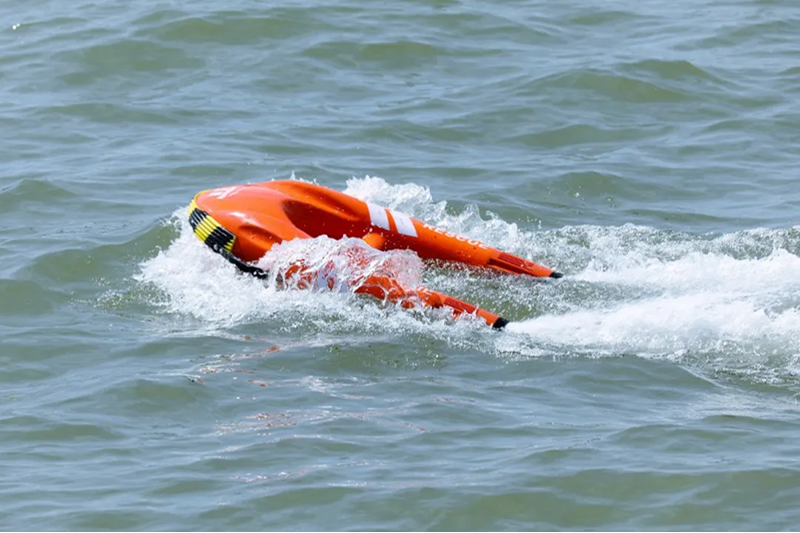Pag-unawa sa Teknolohiya ng Robot sa Pagliligtas sa Tubig at Integrasyon sa Emergency
Mga Pangunahing Kakayahan ng mga Robot sa Pagliligtas sa Tubig sa Modernong Tugon sa Emergency
Ang mga robot para sa pagsagip sa tubig ay mayroon ngayon matibay na kagamitang pang-looy, nakakagalaw sa lahat ng direksyon dahil sa espesyal na sistema ng pagtulak, at kayang magdala ng mahahalagang kagamitan para sa mga emerhensiyang nangyayari sa tubig. Ang mga makina na ito ay nakapaglalabas ng life preserver nang mas mabilis kaysa sa kakayahan ng tao, mga 72% nang mas mabilis. Nakakahanap din sila ng landas sa paligid ng mga sagabal sa ilalim ng tubig sa pamamagitan ng pagbubounce ng tunog na alon sa mga bagay, katulad ng paraan ng navigasyon ng mga paniki. Bukod dito, may mga speaker na naka-integrate upang makapagsalita sa mga taong nangangailangan ng tulong. Noong 2023, tiningnan ng Coast Guard ang mga teknolohiyang ito at natuklasan ang isang kamangha-manghang resulta: halos siyam sa sampung pagsasanay sa pagsagip ang nagtagumpay kahit na ang mga alon ay nasa taas na higit sa apat na piye, na lubhang mapanganib na kondisyon para sa sinumang gustong lumangoy doon.
Pagsasama ng Teknolohiya sa Pagsagip sa Tubig sa mga Operasyon ng Kaligtasan ng Publiko
Mas maraming lungsod ngayon ang nagpapakilala ng robotics sa kanilang operasyon para sa kaligtasan ng publiko sa pamamagitan ng mga sentralisadong command setup. Ayon sa mga bagong alituntunin na inilatag ng National Fire Protection Association para sa 2024, kailangan ng mga koponan sa pagliligtas sa mabilis na agos ng tubig na magkaroon ng hindi bababa sa dalawang gumaganang robot na handa nang isama sa loob ng kanilang pangunahing sasakyang responder. Ang kakaiba ay tila may tunay na epekto ang pagbabagong ito. Batay sa mga pagsusuri na isinagawa sa Emergency Management Program ng University of North Alabama noong mga pagsasanay sa pagliligtas sa ilog, mas mababa ng humigit-kumulang 63% ang panganib na mahawaan ng hypothermia ng mga tauhan sa emerhensiya kapag sila ay maaaring magpadala ng robot imbes na sila mismo ang lumusong sa malamig na tubig.
Trend: Palalaking Pag-adopt ng Drone para sa Pagliligtas sa Tubig sa Gitna ng mga Fire at Rescue Department
Ang mga fire department ay pinalaki ang pag-deploy ng drone para sa pagliligtas sa tubig ng 40% noong 2023, na pinangungunahan ng tatlong pangunahing benepisyo:
-
Kostong Epektibo : Isang average na gastos sa pagbili na $28,000 kumpara sa $145,000 para sa tradisyonal na mga koponan ng bangka
-
Portabilidad : 85% ng mga departamento ang nagsasabi ng mas mabilis na deployment mula sa pampang
-
Situational awareness : Ang thermal imaging ay nakakakilala ng mga biktima sa maputik na tubig nang 22% na mas mabilis kaysa sa mga taong naghahanap
Ipinapakita ng uso na ito ang lumalaking pagkakasundo na ang mga robotic system ay nagpapahusay sa epektibidad ng misyon nang hindi pinalalitan ang mga sanay na tauhan.
Pagbawas sa Panganib sa mga Rescuer sa Pamamagitan ng Remote Operation
Hindi maiiwasang panganib sa mga rescuers na batay sa tubig
Kapag tumalon ang mga unang responder sa madalas na agos, nahaharap sila sa lahat ng uri ng malubhang banta. Laging may panganib ang pagkalunod, kasama ang mabilis na pagkababa ng temperatura ng katawan (hypothermia), at mga sugat dulot ng mga bagay na nakatago sa ilalim ng tubig. Isinagawa ng National Water Rescue Institute ang isang pananaliksik noong nakaraang taon at natuklasan ang isang napakalungkot na katotohanan: halos kalahati (42%) ng mga nasugatan ay nangyari habang pinipilit ng mga rescuer na hilahin ang mga biktima nang manu-mano samantalang lumalaban sa matitinding agos. At lalo pang lumalala ang sitwasyon. Maaaring biglang magbago ang panahon, na nagdudulot ng higit na di-predictable na kondisyon. Kasama pa rito ang problema ng maruming tubig na nagdaragdag ng isa pang antas ng panganib sa lahat ng kasali.
Paano nababawasan ng mga robot na pinapagana sa pamamagitan ng remote control ang pagkakalantad ng tao sa mapanganib na kalagayan
Ang mga drone para sa pagsagip sa tubig na pinapatakbo mula sa malayo ay nagbibigay-daan sa ligtas na pagkuha ng biktima mula sa mga kontroladong punto sa pampang. Ang mga sistemang ito ay nagdadala ng mga kagamitang pangtumbok at mga unan na pananggalang sa lamig habang pinapanatili ang 150-pisong buffer ng kaligtasan sa pagitan ng mga tauhan at mapanganib na lugar. Ang mga advanced na modelo ay may dalawang thrust propulsion para sa katatagan sa Class IV na agos, na pinipigilan ang panganib ng pagkakabintot ng tao.
Pag-aaral ng Kaso: Pinahusay na kaligtasan sa panahon ng mga operasyon sa mabilis na pagliligtas sa tubig
Ang Bureo ng Sunog ng Lake County ay nabawasan ang pagpasok ng mga tagapagligtas sa tubig ng 78% matapos ilunsad ang mga platform na pinapagana mula sa malayo noong 2022. Sa kabuuang 47 operasyon laban sa baha, ang lahat ng biktima ay nailigtas gamit ang mga sasakyang inaayos ng drone habang ang mga bombero ay nangangasiwa mula sa mataas na posisyon. Ang paraang ito ay lubusang inalis ang mapanganib na paghabol sa agos pababa na puno ng basura.
Pagbabalanse ng automation at paghatol ng tao sa mataas na panganib na pagsagip sa tubig
Nakapagpapanatili ang mga operador ng estratehikong kontrol sa pamamagitan ng real-time na sensor feeds, na may mandatory na kumpirmasyon mula sa tao bago ang huling pag-deactivate ng drone. Sinisiguro nito na mananatiling nakasalalay sa mga bihasang personal ang mga desisyon tungkol sa mga anggulo ng ekstraksiyon at mga prayoridad sa medikal. Pinananatili ng hybrid model ang taktikal na kakayahang umangkop habang pinoprotektahan ang mga responder mula sa mga panganib tulad ng pagbagsak ng yelo o chemical spills.
Pabilisin ang Oras ng Paggawa Gamit ang Drone-Based na Sistema ng Pagsagip
Paano Pinapaikli ng Water Rescue Drones ang Timeline ng Deployment
Ang mga drone sa pagligtas sa tubig ay maaaring mai-deploy sa loob ng mga 90 segundo mula sa baybayin o sa mga mobile unit, na nag-aalis sa lahat ng karaniwang pagkaantala na may kaugnayan sa pagbubuo ng mga pangkat ng pagligtas at pag-iipon ng mga bangka sa tubig, isang bagay na kadalasang tumatagal ng Ang mga drone na ito ay may naka-imbak na mga sistema ng paglipad at naka-set na mga rutina ng emerhensiya na nagpapahintulot sa kanila na mabilis na lumipat. At mahalaga ang bilis na ito kapag ang isang tao ay nalulunod dahil sa bawat minuto na sila'y nasa ilalim ng tubig, bumababa ang kanilang tsansa ng kaligtasan ng buhay ng halos 10%, ayon sa data mula sa Aquatic Safety Coalition sa 2023. Sa mga situwasyon na ito, ang panahon ay literal na nagliligtas ng buhay.
Data Insight: 60% Mas Mabilis na Kontak sa Biktima Gamit ang Teknolohiya ng Drone Pangkaligtasan
Kamakailang datos mula sa 127 misyon pang-rescue ay nagpapakita na ang mga drone ay umabot sa mga biktima sa loob ng average na 3.2 minuto, kumpara sa 8.1 minuto ng mga tripulante ng bangka—isang 60% na pagpapabuti. Ang ganitong bentaha sa oras ay madalas na napakahalaga lalo na sa mga emerhensiyang dulot ng malamig na tubig.
Mga Trend sa Urbanong Emerhensiya: Palalaking Pag-asa sa Mabilis na Paglulunsad ng Drone
Ang mga baybay-dagat na lungsod ay naglalagay na ng mga drone sa mga tulay, pantalan, at mga lugar na madaling maubos, na nakakamit ng oras na tugon na wala pang limang minuto sa 92% ng mga emerhensiyang nasa pampang. Sumusunod ito sa mga na-update na alituntunin ng FEMA na rekomendado ang mga aerial system bilang unang tagapagligtas sa mga urbano at aquatikong krisis.
Pagbabawas ng Paglulunsad ng Mga Tagapagligtas sa Ilalim ng Tubig Gamit ang Robot na Unang Tagapagligtas
Paglulunsad ng robotics upang maiwasan ang hindi kinakailangang pagpasok ng tao sa mapanganib na tubig
Gumagamit ang mga emergency team ng mga water rescue robot para protektahan ang mga tauhan mula sa mga panganib tulad ng malalakas na agos, nakalubog na mga labi, at mga kontaminadong kapaligiran. Ang mga sistemang ito ay nagbibigay-daan sa pagkuha ng biktima nang hindi inilalantad ang mga iba't iba sa hypothermia o pagbagsak ng istruktura—mga salik na nasa 58% ng mga emerhensiya sa tubig na kinasasangkutan ng mga panganib sa kapaligiran (National Water Rescue Institute 2023).
Pangunahing estratehiya: Mga robot bilang unang tagapagligtas sa mataas na panganib na aquatikong kapaligiran
Inihahalaga na ngayon ng mga ahensya ang pag-deploy ng mga robot sa mga rescure sa mabilis na agos ng tubig, mga insidente sa yelo, at mga pagbubuhos ng kemikal. Kilala bilang protokol na "una ang robot", pinipigilan nito ang pagkakalantad ng tao habang nagbibigay ng real-time na impormasyon sa pamamagitan ng thermal camera at depth sensor.
Pag-aaral sa Kaso: Robot na EMILY sa mga misyon ng pagsagip sa karagatan at baha
Ang sistema ng EMILY (Emergency Integrated Lifesaving Lanyard) ay nakapag-isyu na ng higit sa 820 remote rescue simula noong 2023, kabilang ang 47 operasyon laban sa baha dulot ng bagyo. Dahil sa jet-powered propulsion nito, mas mabilis itong umabot sa biktima—anim na beses na mas mabilis kaysa sa mga taong lumalangoy—kahit sa mga alon na umaabot sa mahigit walong talampakan.
Estratehiya sa operasyon: Pag-deploy ng robotics bago pa ipadala ang mga koponan ng tao
Isang pagsusuri sa kaligtasan sa karagatan noong 2023 ang nakatuklas ng 63% na pagbaba sa pag-deploy ng mga diver kapag isinagawa ng mga robotic scout ang paunang assessment. Ang mga karaniwang proseso ngayon ay nangangailangan ng drone-based hazard mapping bago payagan ang pagpasok ng tao, na malaki ang ambag sa kabuuang kaligtasan ng mga tagapagligtas.
Mga Advanced Sensory System para sa Water Rescue kahit walang visibility
Mga Sistema ng Sonar at Kamera na Nagpapahusay sa Kamalayan sa Sitwasyon sa Maputik na Tubig
Ang mga bot para sa pagsagip sa tubig ay may dalawang sensor na nag-uugnay ng imahe ng sonar na 360 degree at infrared na kamera, na nagbibigay-daan sa kanila na gumana kahit pa ang tubig ay maputik. Ang teknolohiya ay nagbibigay agad ng mapa ng kalagayan sa ilalim ng tubig at nakakahanap ng mga taong natrapo sa ilalim ng tubig nang hindi bababa sa apat na beses na mas mabilis kaysa sa kakayahan ng anumang tao sa paglalakbay sa ilalim ng tubig sa ganitong uri ng mababang visibility, ayon sa pananaliksik ng Blueye Robotics noong nakaraang taon. Isang kamakailang papel na nailathala sa Naval Engineering Journal noong 2023 ay nagpakita rin ng isang kahanga-hangang resulta – ang mga robot na may mahusay na sistema ng sonar ay nakakakita ng mga bagay na nakasandig sa ilalim ng tubig na may akurasyong humigit-kumulang 82 porsyento. Mas mataas ito kumpara sa lumang pamamaraan kung saan ang mga grupo ay bumibilang sa pagdaraan ng mga lubid sa ibabaw ng ilog o lawa na kung saan ay tama lamang mga 37 porsyento ng oras.
Pagsasakay ng Robot sa Baha at mga Sira-sirang Lugar na May Mahinang Paningin
Ang mga drone para sa pagsagip ay gumagamit ng teknolohiyang SLAM (Simultaneous Localization and Mapping) upang mag-navigate sa mga nabagsak na imprastraktura at mabilis na agos ng tubig dahil sa baha. Hindi tulad ng mga taong mananalo na limitado sa ilaw o guideline reels, ang mga robotic system:
- Nagpapanatili ng orientasyon sa mga lugar na walang liwanag gamit ang inertial measurement units
- Nagpapadala ng mga hazard map na nakakalibrate sa lalim patungo sa mga sentro ng pamamahala
- Naiiwasan ang pagkakapos gamit ang mga algoritmo para maiwasan ang banggaan
Ayon sa mga koponan sa tulong-emerhensya, ang mga kakayahang ito ay nagpapababa ng deployment ng mga koponan ng manghuhulog ng 58% tuwing may operasyon laban sa baha sa urbanong lugar.
Paghahambing ng Teknolohiya: Mga Sensor sa mga Robot na Nagliligtas vs. Tradisyonal na Paraan ng Paghahanap
| Metrikong |
Mga Sensor ng Robot |
Mga Tradisyonal na Paraan |
Pagsulong |
| Panahon ng pagtuklas sa biktima |
2.1 minuto |
8.7 minuto |
76% mas mabilis |
| Sakop na lugar sa paghahanap |
900m²/men |
150m²/men |
6x na mas malawak |
| Pagkilala sa panganib |
94% na katiyakan |
62% na katiyakan |
52% na higit na tumpak |
| Pagkakalantad ng operator sa panganib |
0% |
100% |
Tinanggal |
Ang pagsasama ng mga advanced na sensor na ito ay nagbibigay-daan sa patuloy na operasyon tuwing gabi o sa mga tubig na kontaminado ng kemikal—mga kapaligiran kung saan hindi maaaring ligtas na gumana ang mga koponan ng mananaliksik.


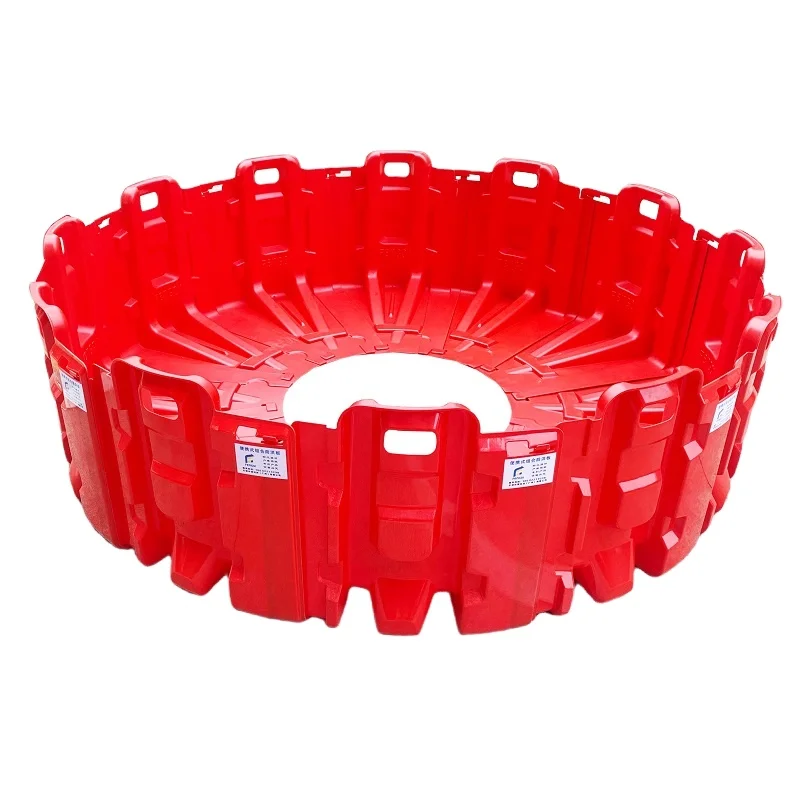
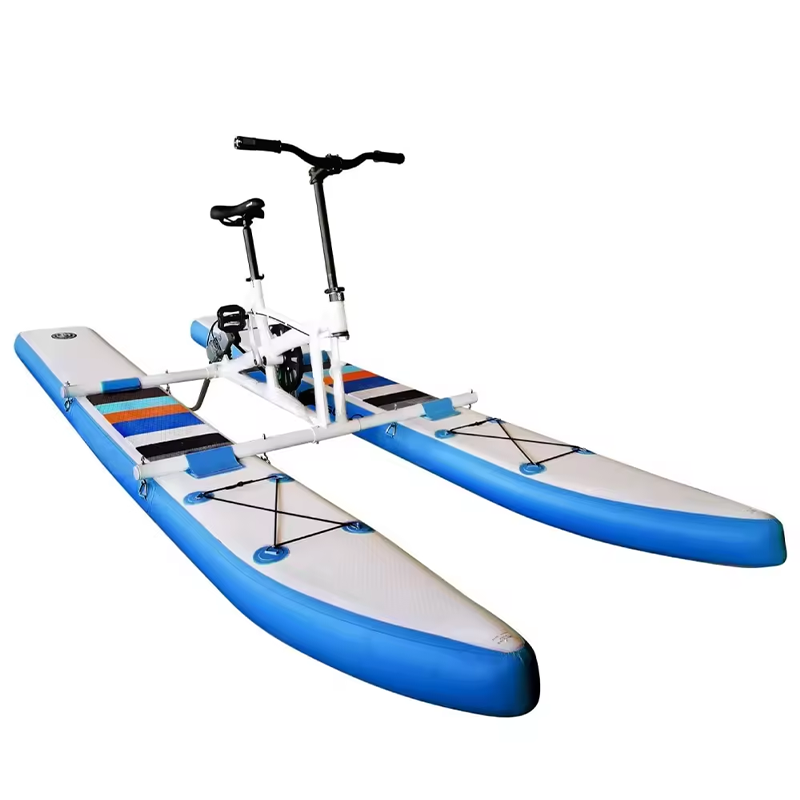
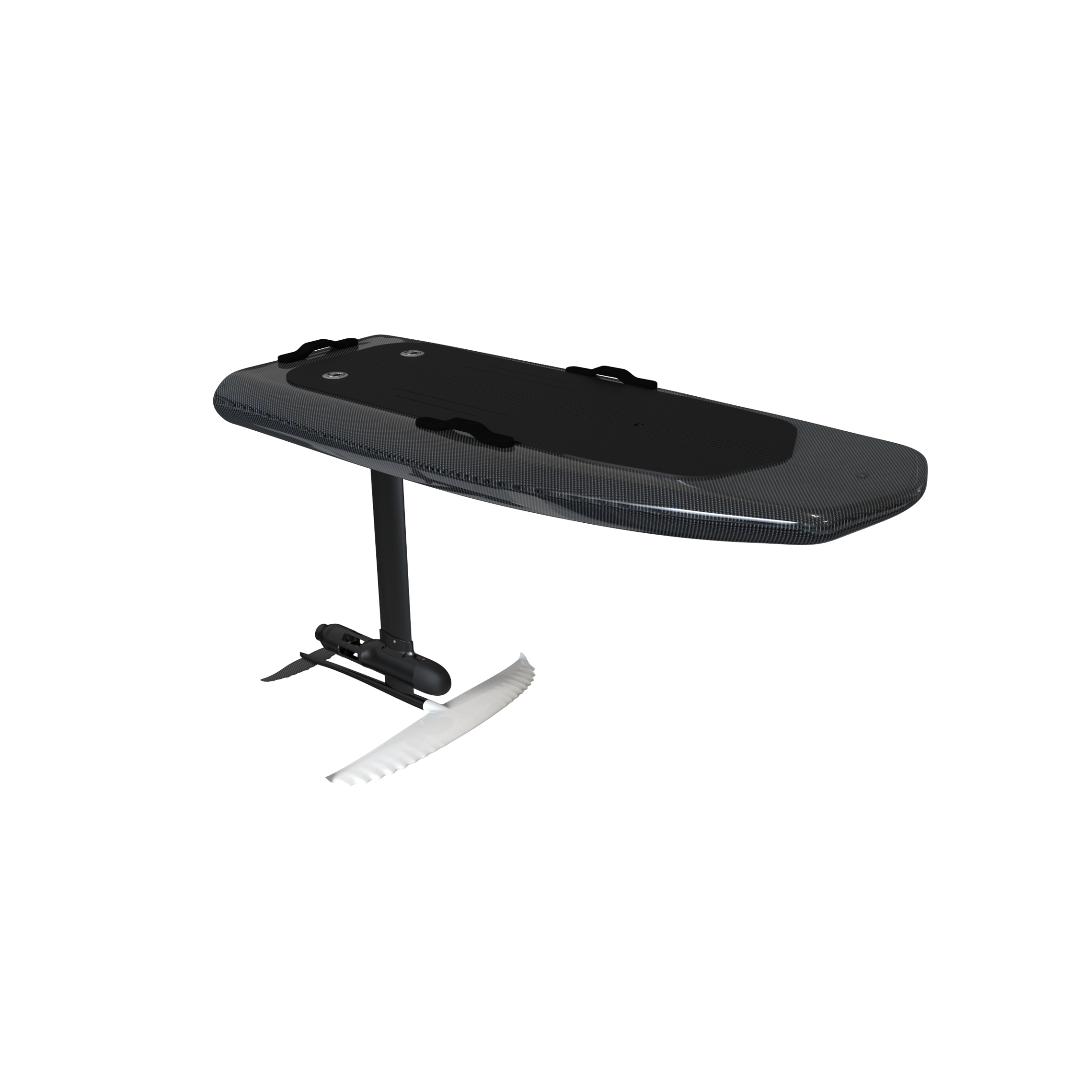
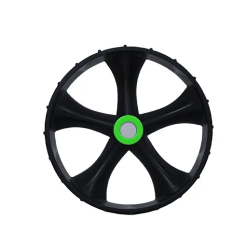
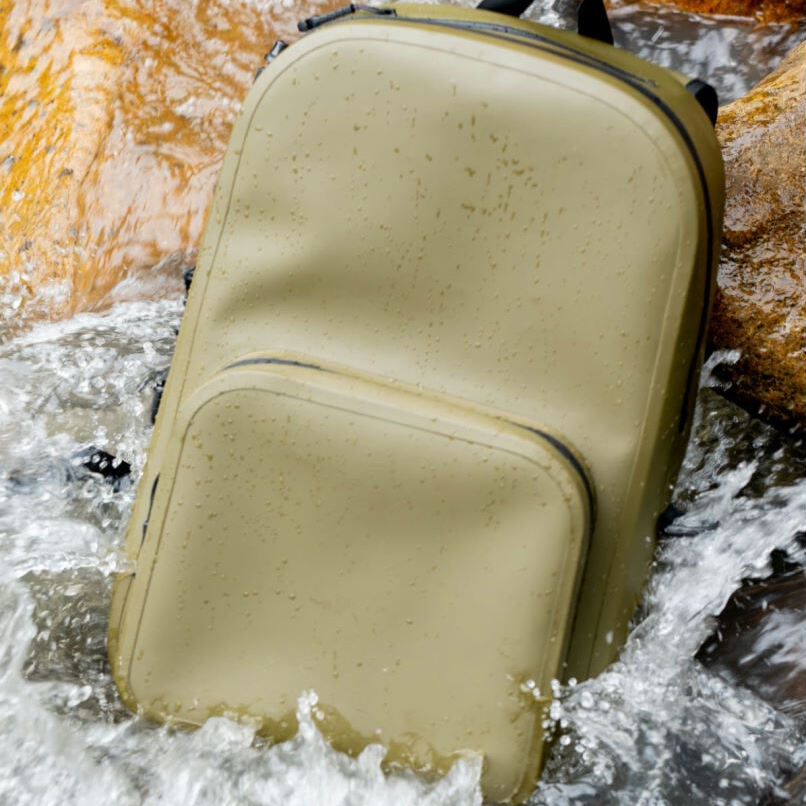

 Balitang Mainit
Balitang Mainit